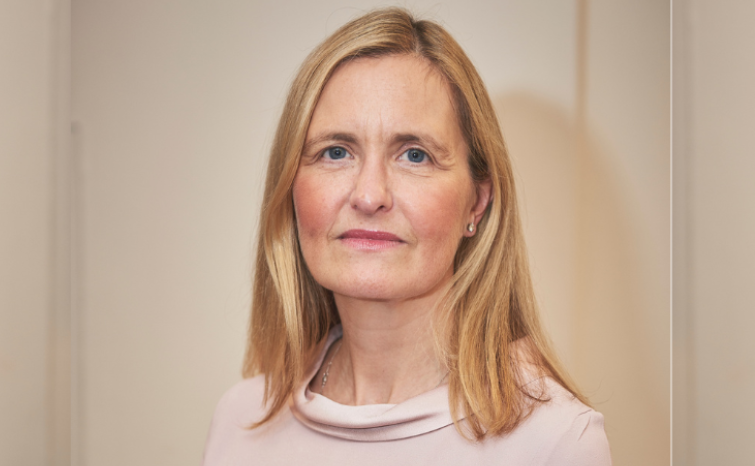Princess Alexandra live with Cosmic EPR
- 30 July 2014

Princess Alexandra Hospital NHS Trust has become the first UK trust to deploy the Cosmic electronic patient record system from Cambio.
The 489-bed hospital, which signed a ten year contract with the Swedish supplier in April last year, went live with the EPR last week.
It had aimed to go-live before March this year, when its McKesson Totalcare patient administration system contract was due to expire, but decided to delay the go-live until it was completely ready.
Speaking to EHI, the trust’s chief information officer, Anthony Lundrigan, said that going live within 17 months of signing the contract was a great achievement.
He added that while there are “challenges” with deploying a ‘first of type’ system, it has been a success so far, with 2,000 users trained and using the system.
“We went live on the 20 July with our emergency department, maternity and inpatients, and then on the 21 July in outpatients. It went really well and we’ve had some very positive feedback from staff,” he said.
The trust has gone for a partnership approach with Cambio, working closely with the supplier to get the system “just right” for its staff.
“One of the challenges has been to describe our clinical processes, set out what we want to achieve, articulate that to the supplier, develop the Cosmic EPR to fit with that, and then work out the elements with data migration, testing, user training and dress rehearsals.”
Lundrigan said success to date has been down to having people from all areas of the trust, from executives to clinicians, “rolling up their sleeves” and working together.
“There’s no piece of magic to it. It’s about having the right people working hard with the right ambition, goals and objectives,” he said. “Clinical engagement is often cited as being important, but it’s more difficult to make it a reality.
“One of the decisions we made is have [clinicians] involved as subject matter experts. So we’ve had theatres, radiographers, nurses, matrons, and people from all areas of the trust seconded to develop clinical guidance.”
He added that the trust also established a governance board of senior clinicians, including clinicians from the local clinical commissioning group, to make sure the system met “clinical needs and requirements.”
The trust has further involved local GPs to make sure that its discharge summaries have the detail they require.
The first phase of the project has included the registering, admission, transfer and discharge of patients, outpatient clinic appointments, patient tracking, and digitising the trust’s maternity records, which were previously paper-based.
Alongside the deployment of the EPR, the trust has also done some work around infrastructure, upgrading to Windows 7 and rolling out 700 tablets and “mini laptops” to hospital and community staff.
“They have access to the cosmic EPR as well as other applications on the tablets,” said Lundrigan. This means that when staff are working in the community, they can use mi-fi to access maternity records, for example, while in patients’ homes.
The trust has also undertaken a long list of capital projects, including replacing its picture archiving and communications system and radiology information system.
Phase two of the deployment will see the trust going live with further modules, including medicine management, clinical noting and ordering and reporting.
“We plan to do this within the next 12 months but we’ve again adopted the approach of doing it when it’s right,” said Lundrigan.
“We will keep developing the product we’ve gone live with and increasing its functionality. We have set out a development agreement with Cambio [to create] new functionality and we will develop that.”
The trust was successful in a £2.8m bid to NHS England’s ‘Safer Hospitals, Safer Wards: Technology Fund’. Lundrigan said the focus of the bid was digitsing the trust’s paper records and deploying a clinical portal and a patient portal. These will be delivered between now and end of 2015.
“The patient portal, once we have the governance in place, will provide a cut down version of the patient’s electronic record which will include clinical documentation and clinic letters and good practice on disease management,” said Lundrigan.
Commenting on the go-live, Cambio’s UK managing director Philip May said: “Our shared, patient-led vision with Princess Alexandra Hospital NHS Trust and the development of IT systems in close co-operation with those working in healthcare – the doctors, nurses, administrators and IT technicians – means that our systems successfully support frontline staff as they make day-to-day decisions on how to deliver the best possible care for their patients.”




